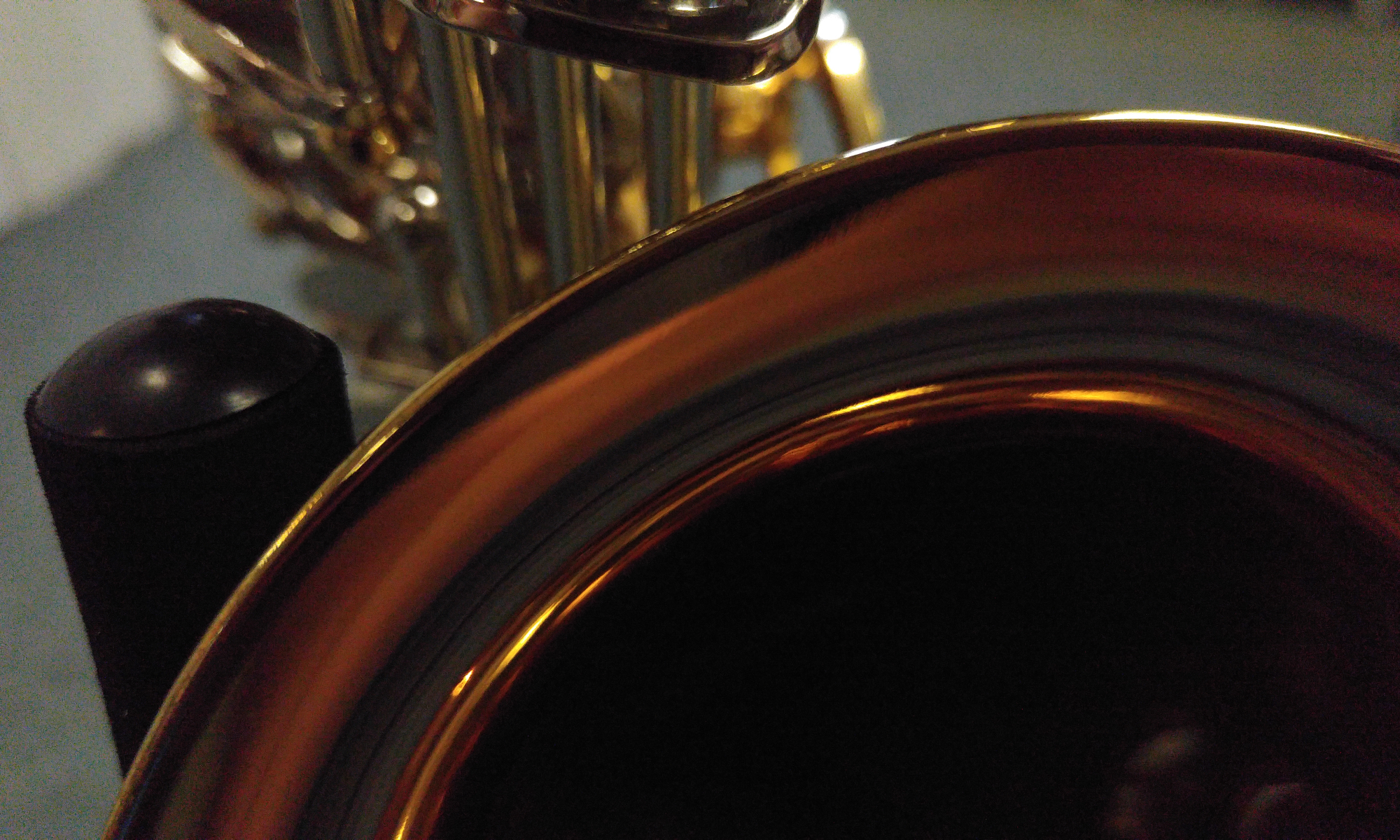In his introduction, Neil Corcoran draws the lines within which this Cambridge Companion explores English poetry with admirable clarity: “The poetry treated here is ‘English’ in the sense that it’s written in the English language, or versions of it, by poets who are, or were, of English, Scottish or Welsh origin, or have an origin or family attachment overseas but have been resident in Britain or taken British nationality” (1). That is at once a wide and an explicit net that raises issues of nation, language, politics, and identity – by what it includes and by what it excludes – from the outset. These issues were contested terrain in the twentieth century, and the terrain continues to be contested in the twenty-first. The work of poets in the period, whether explicitly engaged in contesting terrain or not, was (and is) affected by the way those issues were (and are) handled. And, as Corcoran suggests, leaving the Irish story untold in this volume (on mainly “practical” grounds, as he puts it) means that an Irish presence – particularly in the person of William Butler Yeats, haunts the collection from beginning to end. That alone makes for an interesting commentary on English poetry, particularly as the questions of language and national identity are complicated by nationalist struggles, devolution, and immigration in the course of the twentieth century. Add the fact that T. S. Eliot is not treated individually in this collection, and you have a century of English poetry haunted by two presences (and a multiplicity of “versions”) that have transformed the music of English as we hear it now.
The collection consists of seventeen essays in four sections: “contexts,” “moderns,” “modernists,” and “later modernities.”
The three essays in the “contexts” section address the transition from Victorian to modern (with particular attention to Gerard Manley Hopkins), the relationship between “modern” poetry (a matter of periodization) and “modernist” poetry (a matter of style and ideological orientation), and “postmodernism” as an “elastic” term (stylistic, ideological, and periodizing at the same time) particularly problematic for poets who – as Redell Olsen puts it – are “often relatively uninvested in the capital of a culture industry” (42) and critics (perhaps more invested) who investigate their work. The essays in this section do an excellent job of problematizing categories that might otherwise be so rigid as to obscure connections across boundaries historians have constructed for the sake of order or convenience. Hopkins is perhaps the most important instance of boundary crossing in this collection, which clearly outlines stylistic and historical reasons for making the line drawn at Victoria’s death in 1901 permeable while also noting quirks of publication that put the poems in this case in a different century than the poet.
The other three sections are generally chronological – moving from A.E. Housman, Charlotte Mew, Thomas Hardy, and Edward Thomas through D. H. Lawrence, Wilfred Owen, W.H. Auden, William Empson, and Dylan Thomas to Philip Larkin, R.S. Thomas, Stevie Smith, Sylvia Plath, and Ted Hughes. The last four essays continue the generally chronological plan under titles that also group poets along lines partly determined by historical developments and partly by the identity politics of the period: “Black British poetry and the translocal” (which focuses on Grace Nichols, Louise Bennett, Linton Kwesi Johnson, and Bernardine Evaristo – but also reaches back through Afro-Caribbean music to Claude McKay), “Poetry and class,” “A Scottish Renaissance” (associated with Edwin Morgan, Douglas Dunn, Liz Lochhead, Robert Crawford, Don Paterson, and Kathleen Jamie), and “Lyric adaptations” (ending with Carol Ann Duffy, Martianism, and Simon Armitage).
There are problems, of course, of the sort that confront any survey: what is left out is as important in determining the shape of the object or period surveyed as what is included, and grouping poets – one chapter for the Scottish Renaissance, one chapter for women, one chapter for “Black British poetry” – may effectively marginalize them. But Stevie Smith’s comment (cited by Linda Anderson) turns this marginalization into an invitation to rethink the whole poetry of English. “But I’m alive today,” she said, “therefore I’m as much a part of our time as everybody else. The times will just have to enlarge themselves to make room for me, won’t they, and for everybody else” (174). Everybody is not included in this survey, but (in the words of the publisher) “these specially commissioned essays by highly regarded poetry critics offer an up-to-date, stimulating and reliable overview of English poetry of the twentieth century” – an overview that gives students a taste of the variety of English poetry rather than an illusion of its singularity. There are ghosts that dominate the story told here – but there is also Stevie Smith and the calypsonian Young Tiger singing “I was there” as he sings about the coronation of Queen Elizabeth II (206).
When Corcoran writes “English language, or versions of it,” he invites a correction, not an alternative – joining John Agard in “inciting rhyme to riot,” opening up possibilities not only for “reverse colonization” but also for the new songs that accompany cities made new between Victoria and the turn of another millennium.
reviewed by Steven Schroeder, Chicago
The Cambridge Companion to Twentieth-Century English Poetry. Edited by Neil Corcoran. Cambridge University Press, 2007. ISBN 978-0-521-69132-1.
